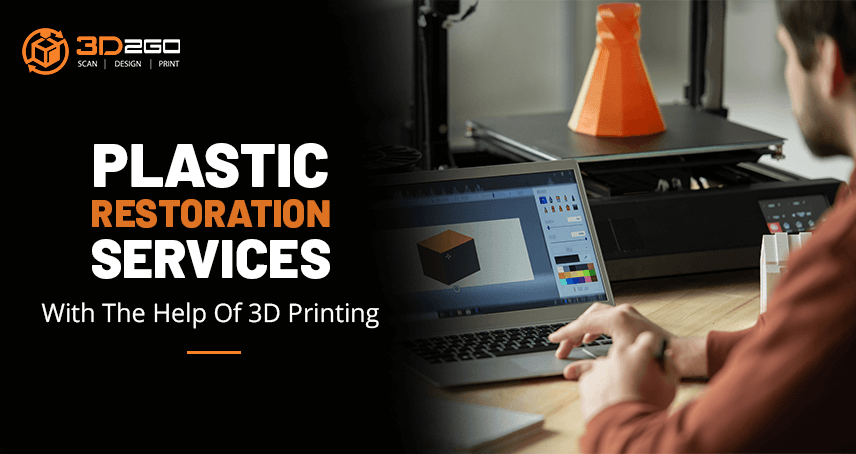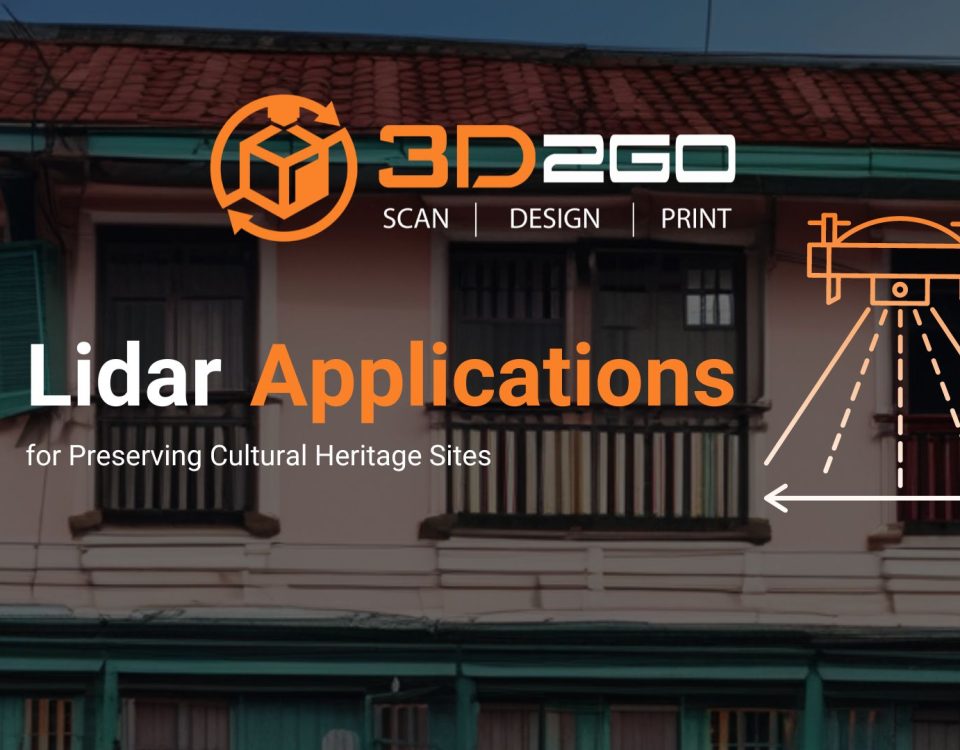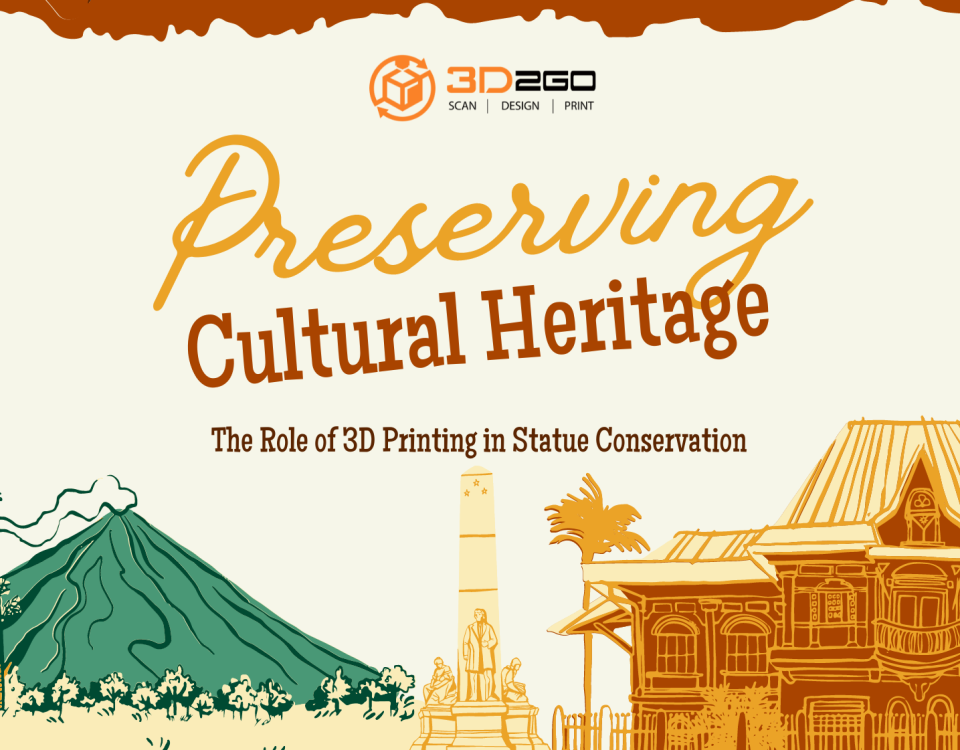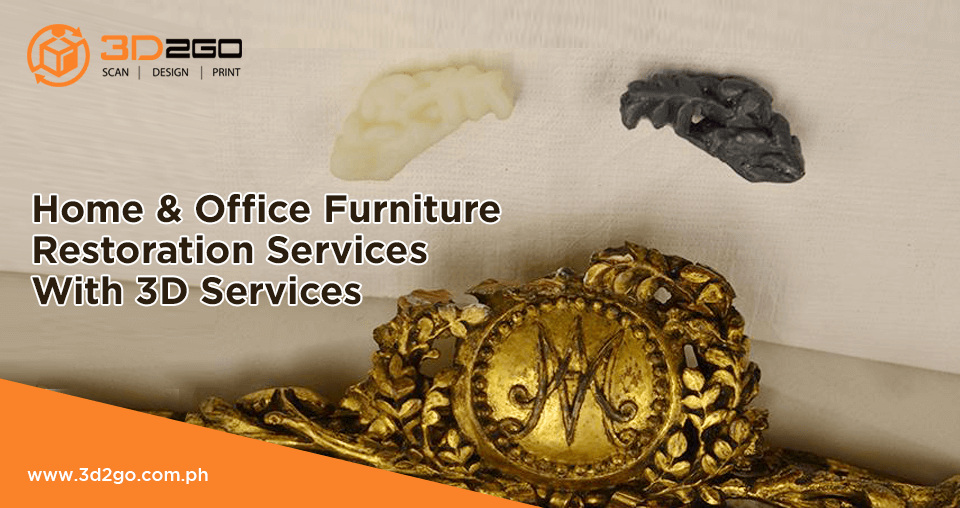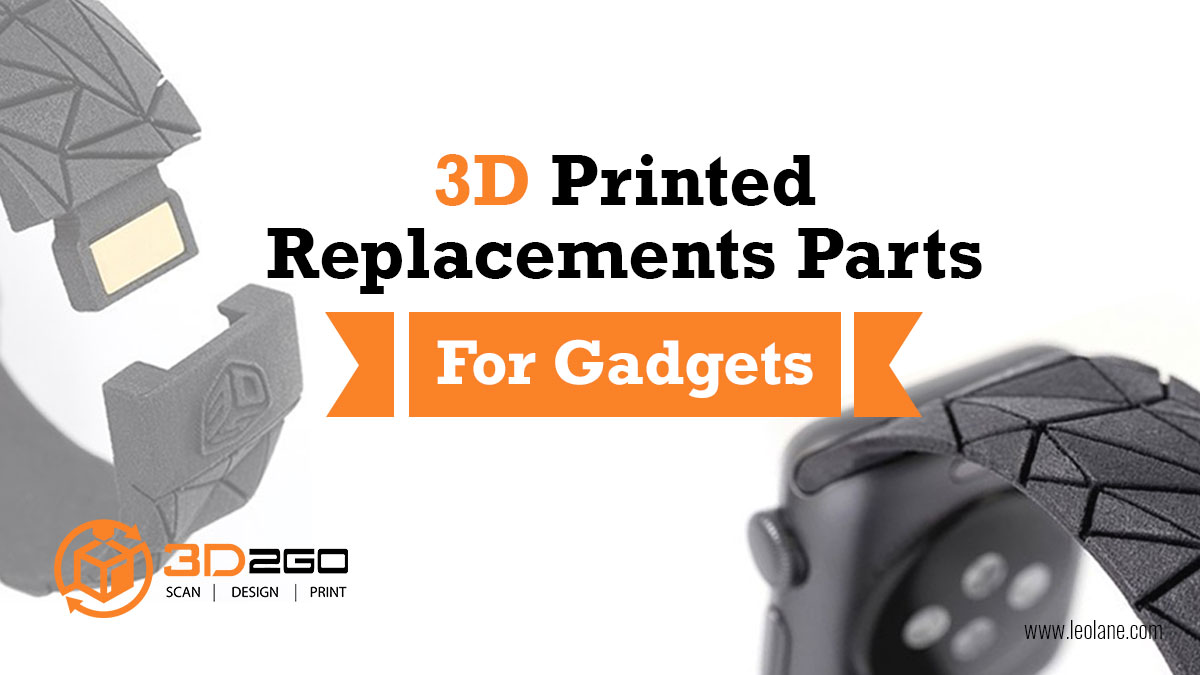
Is 3D Printing Replacement Parts for Gadgets the Answer to Our Rampant Consumerism?
June 27, 2022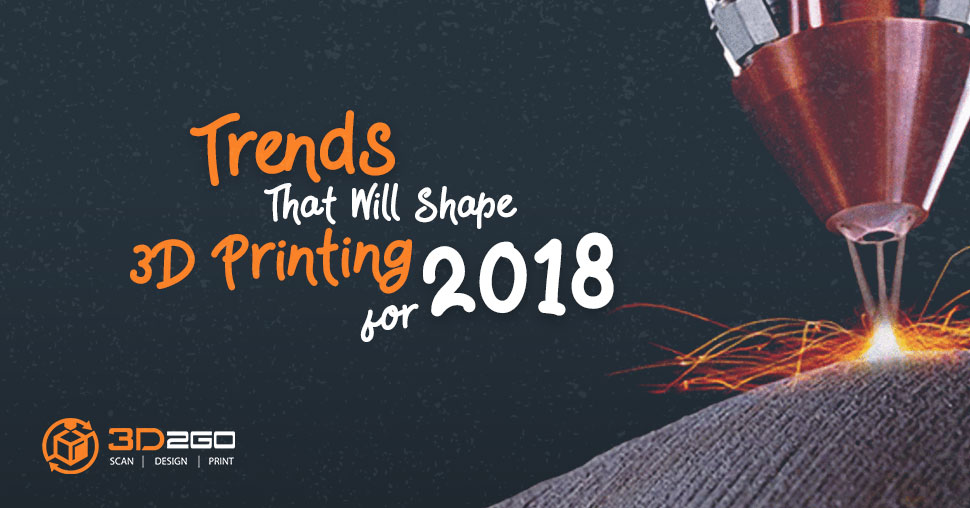
Trends That Will Shape 3D Printing In 2022
June 27, 2022Restoration vs. rehabilitation in plastic and other materials
Rehabilitation and restoration are terms that are very commonly connected with buildings.
As it pertains to buildings, people may go for rehabilitation and restoration when they start to see structural damage or any structural decay. It should also be noted that restoration and rehabilitation have helped considerably in restoring the old glory of historical monuments.
In architectural terms, restoration is a process or act of depicting the characters and features of a property as it appeared at a particular period.
Examples of restoration include:
- Replacing old fixtures with replicas of the original (or originals found through salvage)
- Fixing old fixtures
- Removing drop foam ceilings
- Ripping up ugly old carpet to expose original wood floors
- Removing asbestos siding and restoring the original wood clapboard
If you want to restore a house or a building, then you are recovering the form and details of the structure back to a particular chapter in time. And that also means removing features from other periods in the house’s history.
Rehabilitation of a building means returning a building or a structure to a useful state by means of repair, modification, or alteration. Rehabilitation is making an old house compatible for modern use (through repair and updates) while staying sympathetic to the features that show the historical, cultural, or architectural values.
In other words, the house looks “old” but has modern functionality.
Plastic restoration with 3D printing
Our restoration services range from small projects to big ones.
Yes, you’ve read right. Even big restorations such as houses or buildings. We do this by 3D virtual imaging. 3D imaging technology can walk you through the entire property. You see exactly where the damage has occurred and the anticipated finished product. A bigger aspect of this is the insurance carriers and their adjusters. They are able to investigate losses without even visiting the site.
After the initial process in 3D imaging, we then move to 3D printing:
Designing
You can either use our 3D scanning services. Then have it processed with your measuring requirements with CAD software. After that, export to a 3D printable file format (STL or OBJ).
After setting up, another software sends instructions to the printer via a wireless or cable connection.
Printing
This process begins after having a quick confirmation on the set up. Our machines does not need human supervision to run until the print is complete. Printers also have a cartridge system. This automatically refills the machine.
Post-processing
Printed parts require
- Rinsing in isopropyl alcohol (IPA) to remove any uncured resin from their surface.
- Once material is dry, some may need to undergo post-curing. This helps parts to reach their highest possible strength and stability.
- The parts are being smoothened by sanding the remaining marks for a clean finish.
Common materials for plastic restoration service
Some of the materials we use are:
Acrylonitrile butadiene styrene or ABS Plastic
Tough plastic with mild flexibility.
- Lego bricks
- Keyboard keycaps
- Automotive components
- Protective headgear
Polylactic acid or PLA Plastic
An eco-friendly plastic.
- Plastic films
- Food packaging and containers
- Disposable cutlery
- Bags, sheets, and wrappings
We highly appreciate everything we do. As a result, we want our products to be highly used. All of our materials are durable and expected of a long life span.
So what are you waiting for? Get in touch with us!


